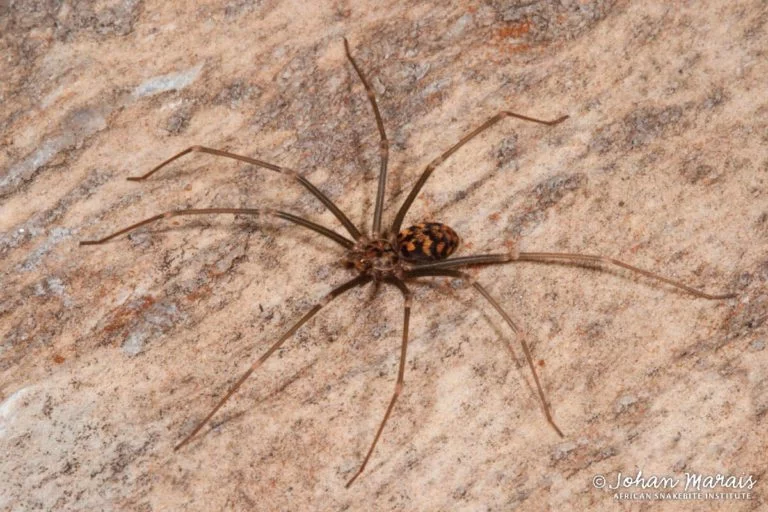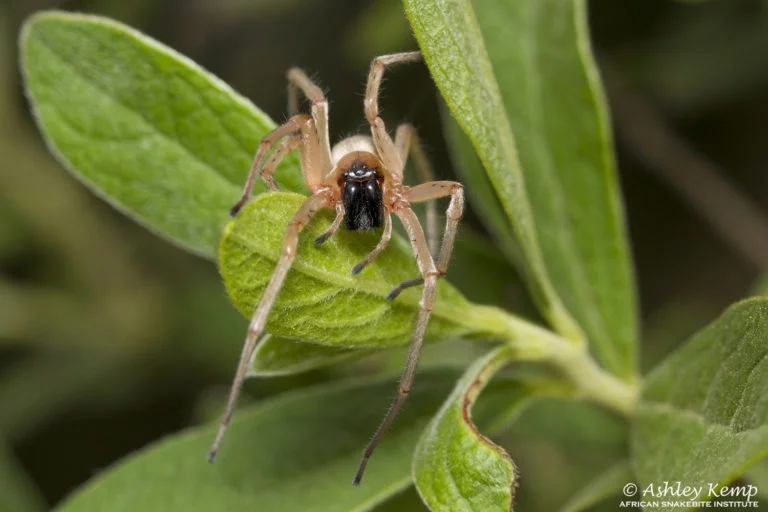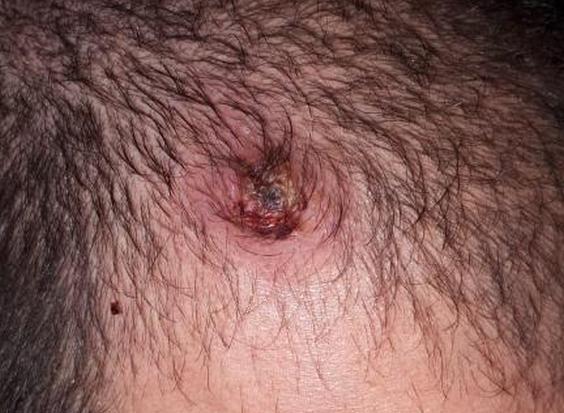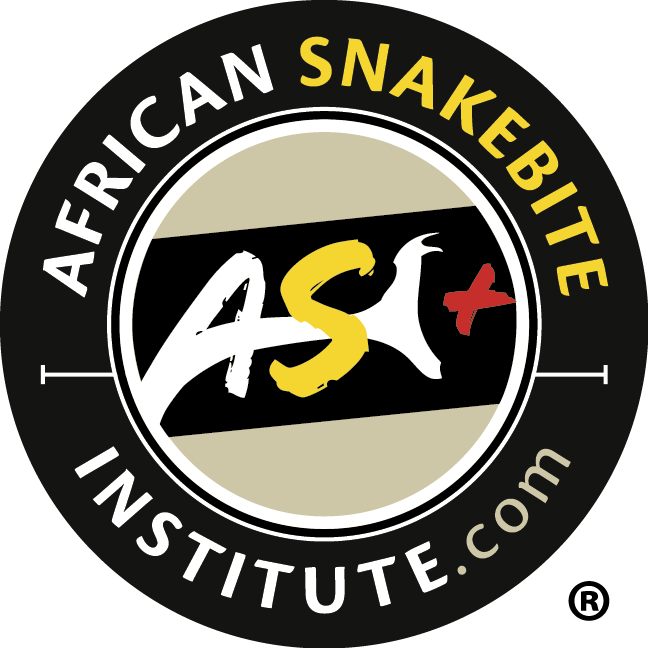A few recent publications on confirmed Sac Spider bites from Europe, America and Australia have led people to claim Sac Spiders in South Africa are harmless and have since been “declassified” as medically important. This is largely done on social media.
The papers refer to four species of Sac Spiders. European Yellow Sac Spider (Cheiracanthium mildei) and the Eurasian Yellow Sac Spider (Cheiracanthium punctorium) are the most common species in bite reports and investigations. American yellow sac spider (Cheiracanthium inclusum) and the Japanese Yellow Sac Spider (Cheiracanthium japonicum) are also featured in some cases. The papers reported to claim that Sac Spiders are harmless did not include African species and left out important evidence to show the results of venom studies on this group of spiders.
These papers almost all show a painful bite (compared to a wasp or bee sting), erythema (redness), pruritus (itching) and edema (swelling). In about 20% of bites, additional symptoms such as nausea, headaches, vertigo, and general weakness were recorded as well as paralysis of the arm in a paper by Muster (2008). Most studies showed there was no necrosis from the bite and most symptoms disappeared within 45 minutes but could last up to 48 hours (Vetter et al. 2006) or even days (Emtsov et al. 2012 and McKeown 2014). In a few cases (Maretic, 1962, Vetter et al. 2006 and Vetter and Isbister, 2008), small areas of necrosis were observed.
Necrosis, or at least disintegration of the cell (lysis), was reported by Foradori et al. (2005) when they tested the venom of the European Yellow Sac Spider (Cheiracanthum mildei) on sheep blood in lab tests. They tested the venoms of 45 spider species and only the Recluse Spider and Sac Spider showed the ability to break down the membrane of the cells. They did another test by injecting the venom of Sac Spiders into lab rabbits, but the rabbits only showed signs of necrosis after they had injected four times the amount of venom found in a single Sac Spider. However, they had previously frozen the venom which may have denatured the proteins in the spider venom and could alter results. The same test performed by Newlands and Atkinson (1988) where they allowed a live African/House Sac Spiders (Cheiracanthium furculatum) to bite lab rabbits produced necrosis of the tissue that would take up to ten days to heal. Croucamp and Veale (1999) performed the same test with African/House Sac Spider (Cheiracanthium furculatum) venom, and also observed haemolysis (breaking down of blood cells) activity. Spielman and Levi (1970) tested on Guinea pigs and Hamsters with the European Yellow Sac Spider (Cheiracanthium meldei) and showed lesions of the skin, but no necrosis.
Bites by the Eurasian Yellow Sac Spider (Cheiracanthium punctorium) in Russia (Emtsov et al. 2012) didn’t produce necrosis, but showed classic pain, redness and swelling as well as an outbreak of hives in two patients. They also showed that twelve out of nineteen patients had high white blood cell counts, a symptom often seen when the body is fighting a bacteria, virus or venom.
The venom of the European Yellow Sac Spider (Cheiracanthium mildei) was tested by Foradori et al. (2005) and was shown to contain Phospholipase A₂, an enzyme that degrades phospholipids in the skin membrane. Vassilevski et al. (2010) looked at the venom of the Eurasian Yellow Sac Spider (Cheiracanthium punctorium) and found a novel spider toxin they termed CpTx 1. This toxin possesses potent insecticide, cytotoxic and a membrane-damaging activity and tests on insects and frog tissue damaged the cells rapidly. Work by Bosselaers (2013) showed that the molecular mass of the polypeptides found in the venom of the African/House Sac Spider (Cheiracanthium furculatum) was in the range of 14KDA – 200KDA, similar to that of the Eurasian Yellow Sac Spider (Cheiracanthium punctorium). Foradori et al. (2005) also showed that female European Yellow Sac Spider (Cheiracanthium mildei) were almost double as venomous as males producing blood cell disintegration in 65.4% of tests compared to only 38.9% of tests on males. It is well reported that many Sac Spider species are quite defensive/aggressive and females guarding eggs are known to defend the nest against attackers. This was well documented in Papini (2012) where a father and son were bitten by the same female Eurasian Yellow Sac Spider (Cheiracanthium punctorium) guarding an egg sac under a garden chair.






